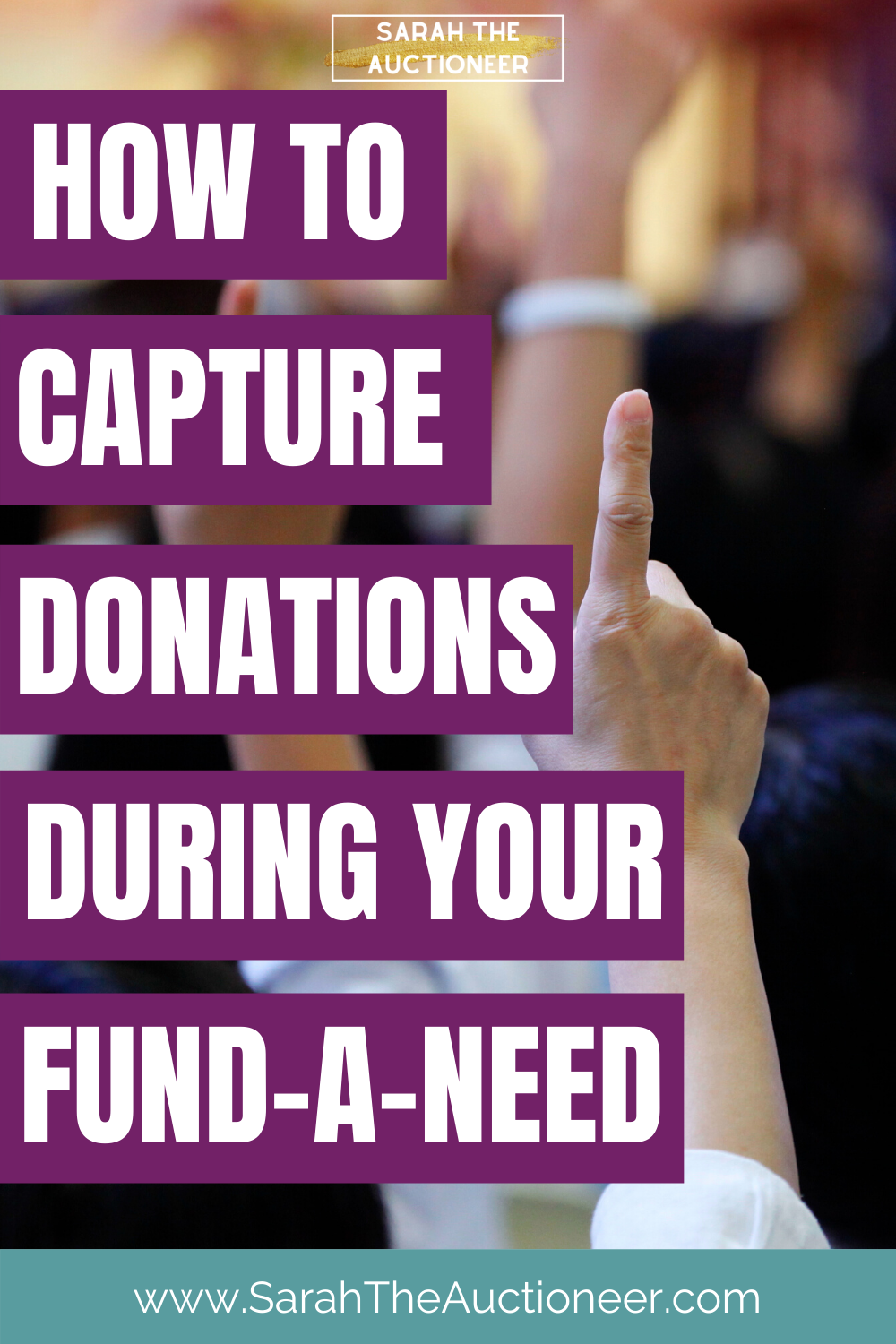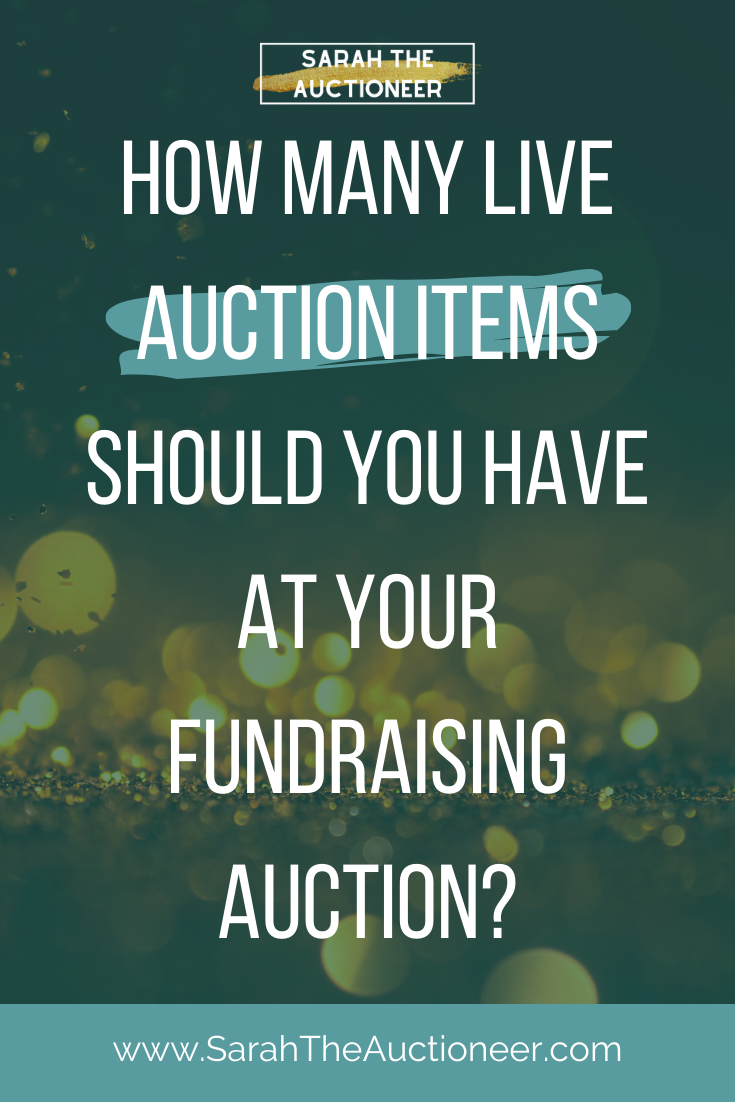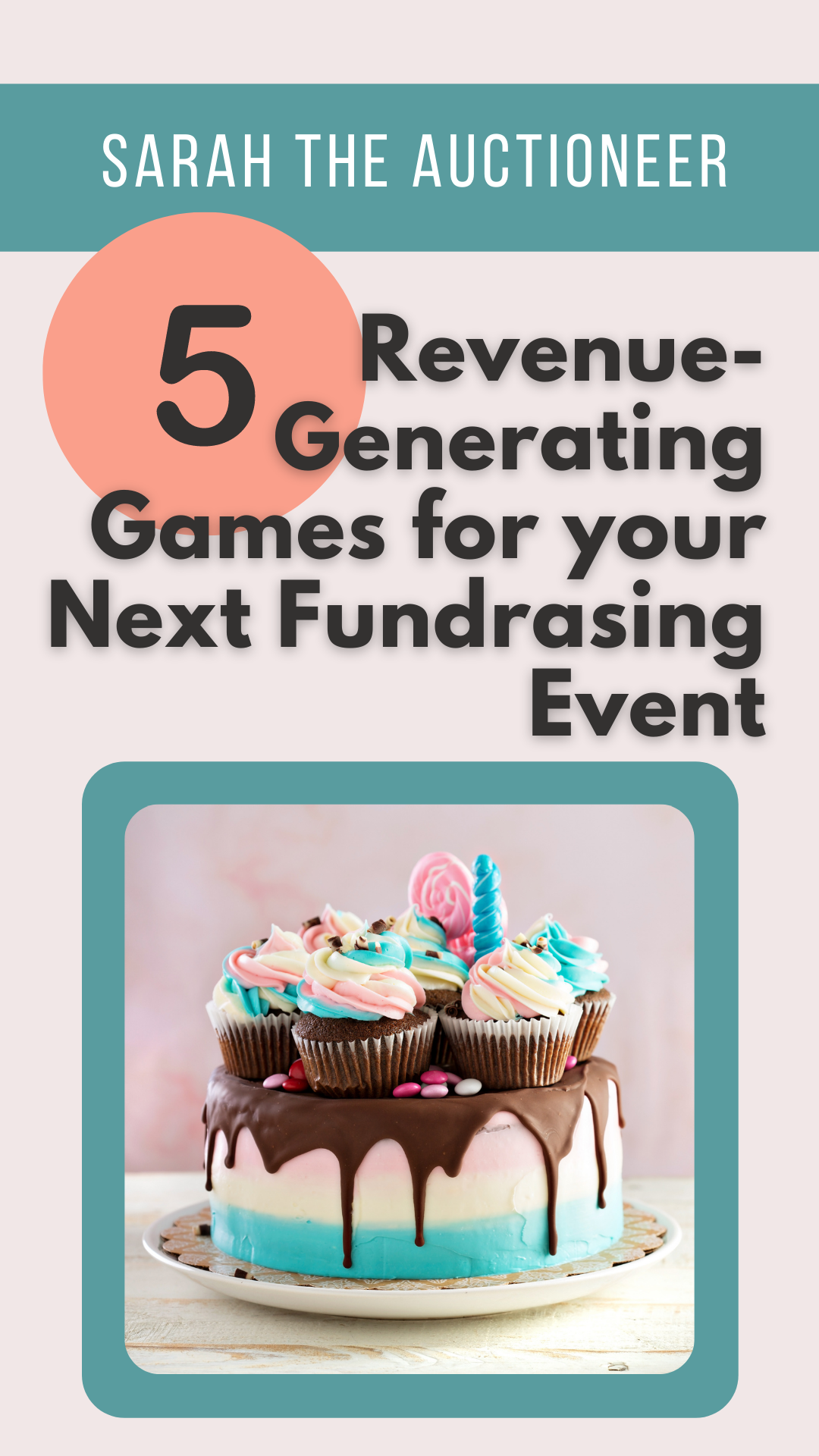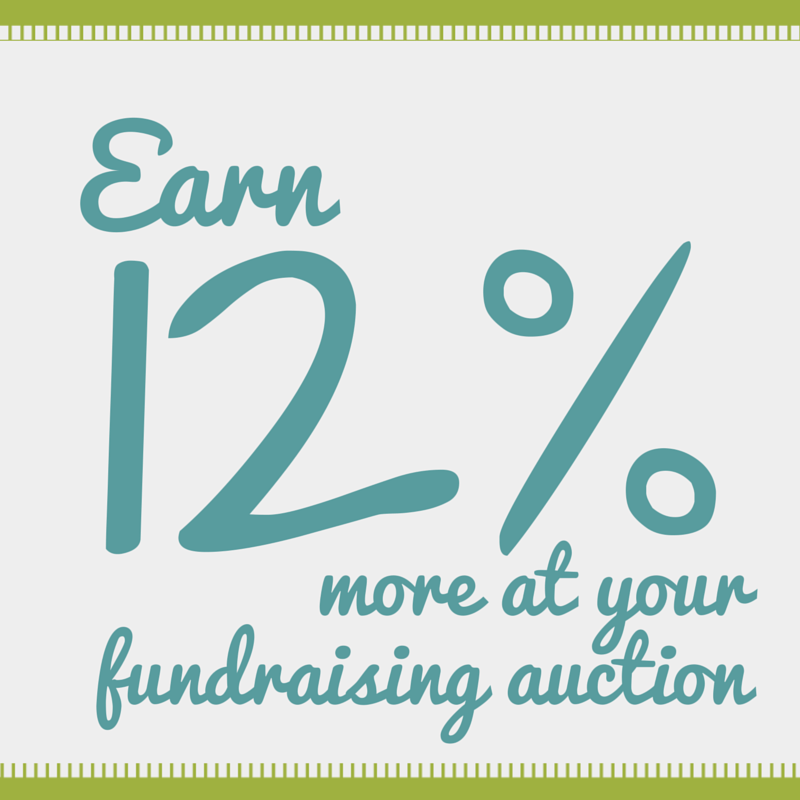Doing a Fund-A-Need or any sort of formal ask for donations at your fundraising event can be intimidating. How do you know if someone will bid? Where should you start it? What if no one raises their hand? Don’t worry, I will not let this happen to you!
Determining Donation Levels for your Fundraising appeal.
First, you need to decide how many donation levels to have. There are a couple amazing mobile technology companies I get the pleasure of working with, but there is one called Auction Harmony based in Minneapolis who I think just has the most beautiful donation display on their Kindle Fire Tablets. There are 9 spaces. That is for 8 donation levels and one "other" section. This is a great rule to follow whether or not you are using technology for your fundraising appeal.
So how do you determine your levels?
The first way, is by assessing who you have on your guest list and determining their donation levels.
If your organization has never received a donation over $5,000, you are not going to want to start your initial donation at $20,000. Does that make sense?
Securing a momentum donor
You are going to want to identify a few donors who have potential to be your highest level donors and approach them about being momentum donors during your fundraising appeal
If this is not your first fundraising event, you can probably get by with looking only at the records from previous events. Who has given a large amount in the past? These would be the first people I would talk to. However, you are also going to want to consider donors who gave at other times throughout the year, because they clearly care about your organization, and you could provide them with an opportunity to inspire others to give by being a momentum donor.
I understand how hard these conversations can be to initiate, but trust me when I say it is worth it and you will probably want to queue your major gifts officer in on this because they are skilled at having these conversations. You will want to thank the donor for their previous contribution. Then you will want to make sure they are planning to attend your event and explain the amazing project your guests get to fund at this year's event. Explain that you are going to fund it in one evening, and that it's going to be exciting and create a ton of energy, and ask them if they would want to be the hero to set the tone for the evening. Be transparent about your goal and include them in on the strategy and how impactful a momentum donor can be. It is so exciting for the audience to see that first hand go in the air quick which sets an expectation and excitement over generosity. This donor has the unique position to be able to create that, if they an commit to giving at a specific level that you decide with them in the meeting. Then it is important to ask if they would like to be recognized by name and make sure you communicate that to your auctioneer in advance as well as tell them exactly where the donor is sitting so they recognize it when the hand goes up!
Frame this as an opportunity to start something amazing. Because you are reaching out to donors who have given in the past, your success rate should be fairly high.
After you've had a couple of these conversations and have determined what the highest amount someone has committed to in advance, that is a good place to start. Hopefully you have a couple of people at the first couple of donation levels to get the show started. Once other potential high level donors see the applause and energy around this donation, it is likely you will receive a match at these levels.
Say your highest commitment is $10,000, I would recommend making that your highest level. Then go down 7 more levels after that:
$10,000
$5,000
$2,500
$1,000
$500
$250
$100
$50
Other
The reason, you ideally want to start where you have a committed donor is because when you start too high and have no donors, it kills momentum, which kills energy which discourages giving in other levels.
The fundraising appeal is a momentum game.
Every part of your program should be strategically leading up to this point of engagement, then BOOM! You get a donor right away and it is a domino effect. More hands fly in the air or everyone whips out their phones to secure their donation and see their name on the screen.
If you don't have a starting momentum donor and have no idea where to start, try starting at 10-20% of your total goal and break it down from there, again I highly encourage you to brave these conversations. They may feel uncomfortable, but focus on the donor and it will take the pressure off you and make it more exciting for them to commit. You will be so glad you did this!
This should give you a good start on determining donation levels for a profitable fundraising appeal. If you have any additional questions, please share them below. I would love to answer them.





























